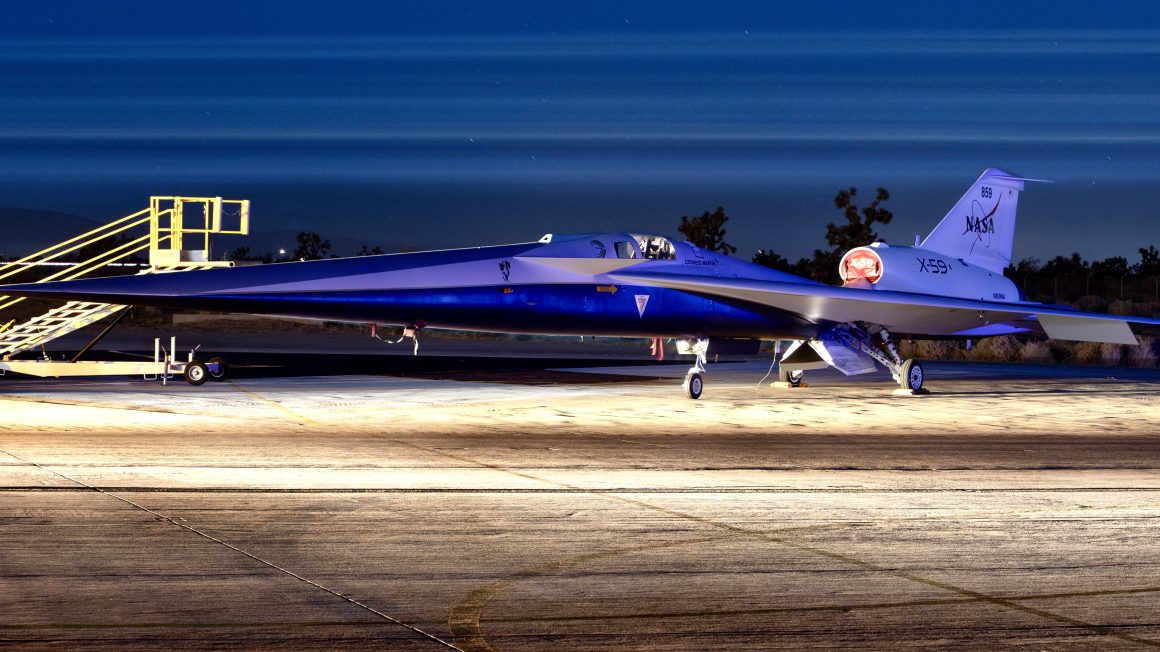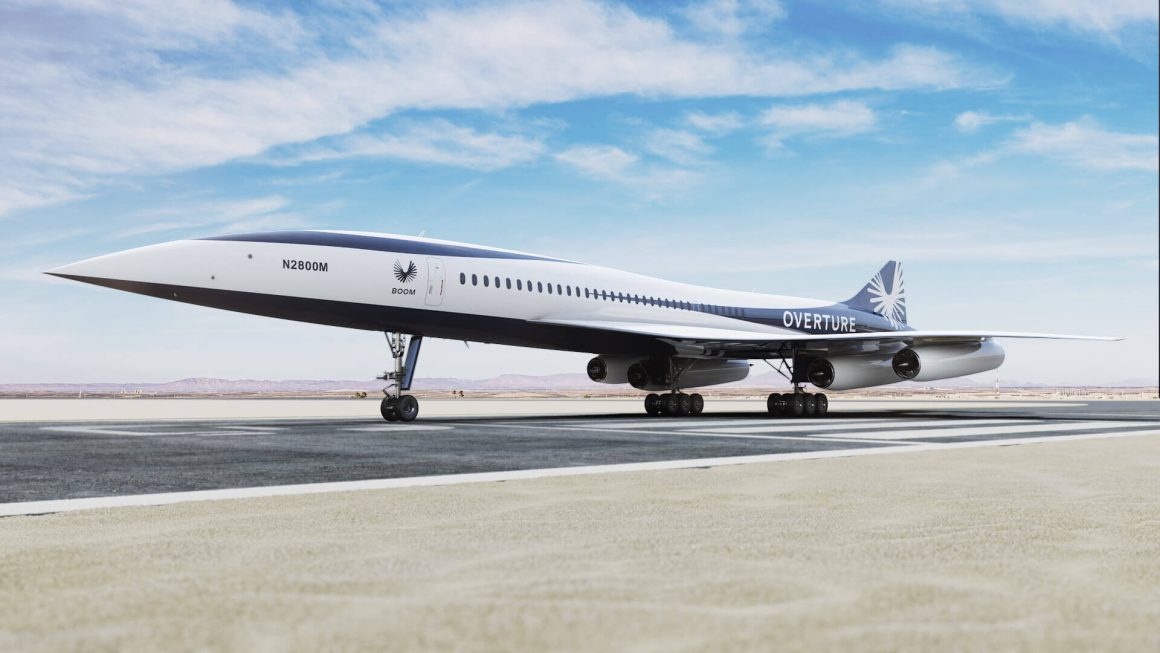For over half a century, the skies above America have been stuck in the slow lane. Since 1973, when the FAA banned civilian supersonic flight over U.S. soil, the dream of blazing across the country at Mach speeds has been grounded.
But on June 6, 2025, President Donald Trump signed an executive order that’s set to rip up that outdated rulebook, green lighting supersonic flight once again. For avgeeks and travelers alike, this is a thunderclap moment—here’s why it’s a big deal and what’s coming next.
First a primer on why supersonic flight was banned

In the early 1970s, the prospect of supersonic flight was all the rage and seen as the future of air travel. The Concorde was new. Boeing announced their 2707 project to bring an even larger supersonic jet to market.
Other supersonic jets were on the drawing board too. When Boeing revealed the massive Boeing 747, it was seen as mainly a stop gap aircraft to handle the blossoming air travel boom until supersonic jets would replace it. The Queen of the Skies would then be relegated to cargo runs.
Unfortunately, that vision for the future never materialized. Supersonic jets had one fatal flaw–sonic booms. Sonic booms were a necessary byproduct of supersonic flight. The intense pressure changes generated by flying faster than the speed of sound rattled windows and nerves miles below a supersonic jet’s flight path.
At the time, there was no way to prevent them other than flying subsonic. Supersonic flight was relegated to overwater crossings, vastly limiting the economic viability and scalability of air travel that flew faster than the speed of sound.
Technology has evolved but policy has stayed locked in the past
Much has changed since the 1970s in the world of commercial aviation. Yet the promise of supersonic flight has remain stuck in the groovy era of bell bottoms. The dream of the Concorde died in 2003 when it flew its last flights.

Multiple attempts to revive supersonic flight have floundered since. NASA has had mild success with their X-59 technology demonstrator. Now one company seems to be making steady progress to bring back commercial supersonic flight.

Boom Supersonic, formed in 2014, has set about to make supersonic commercial flight common again. Buoyed by investments from airlines and private capital, the emerging jet maker has made strides. Last year, they flew their XB-1 tech demonstrator which is being used to test their avionics, flight characteristics, and quiet sonic boom technology.
The good news is their demonstrator is showing promise. The sonic booms are now reflected upward, making the jet relatively quiet on the ground. Boom still faces significant hurdles to full commercial jet production including engine development and funding to sustain scaled production.
Now Trump brings back supersonic flight via executive order
President Trump’s executive order is intended to both lift the ban and supercharge investment in supersonic flight. Within 180 days, the FAA must scrap the 1973 rule preventing commercial supersonic flight over land.
The FAA is tasked to design and implement rules that enable supersonic flight while still protecting the public below. According to the order, the goal is to “remove additional regulatory barriers that hinder the advancement of supersonic aviation technology in the United States.” This means only permitting supersonic flight that won’t disturb the public or cause damage to people or property.
Trump brings back supersonic flight: Order also pushes to advance supersonic research and development
In addition to removing the speed limit in the skies, the order also seeks to rapidly advance supersonic research. The Director of the Office of Science and Technology Policy will coordinate with the Departments of Defense, Commerce, Transportation, and NASA to coordinate supersonic research and development through the National Science and Technology Council.
The goal is to stay far ahead of a global aerospace industry that is becoming increasingly competitive. China has announced multiple supersonic and hypersonic efforts. Other countries are again expressing interest in the technology.
This executive order has the potential to keep America’s lead in place and support not only Boom but also hypersonic efforts by companies like Hermeus who just last month announced that they have successfully flew their first prototype demonstrator.
